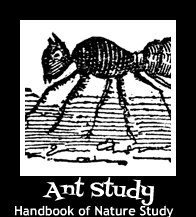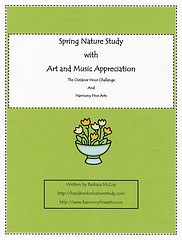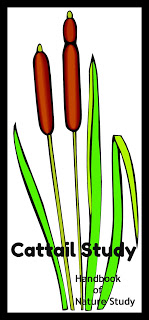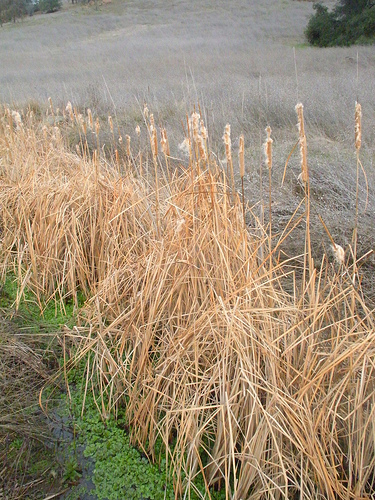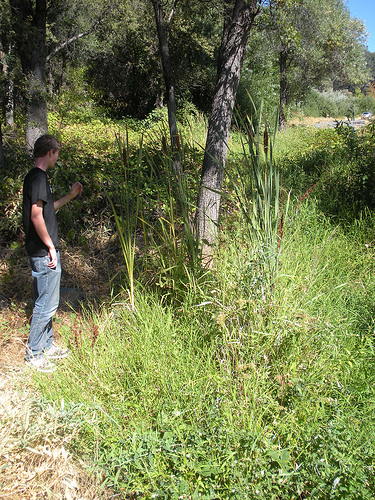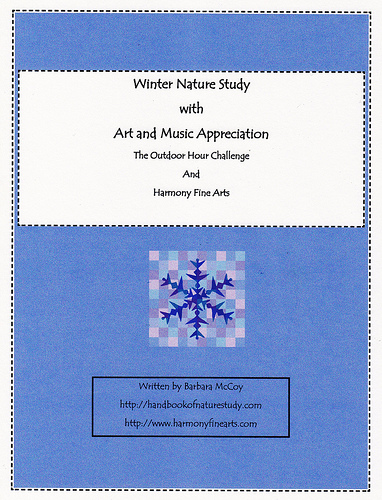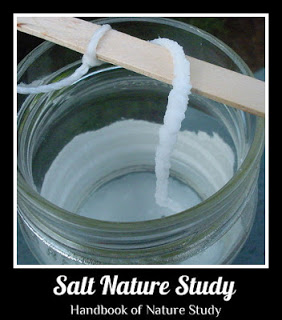Outdoor Hour Challenge
Spring Series #10Insect Study-Ants
Inside Preparation Work:
Read pages 294-300 in the Handbook of Nature Study to learn more about insects in general. You might like to introduce your child to the development and structure of insects using the information from the Handbook of Nature Study.
Read pages 369-373 in the Handbook of Nature Study for information about the ant. Make some notes after reading Lesson 91 on the Field Observations of Ants so you will have some ideas for observation when you take your children outdoors. This might be a fun challenge to use a magnifying lens!
*Note if you are using the free download of the HNS, The Ways of the Ant are on page 419 and in the Homeschool Freebie version of the HNS, the ant is in the Insects PDF on page 114.
We have used educational ant farms over the years in our home and they are a fascinating way to study ants up close. I highly suggest this as a family activity. Here is a link to the ant farm we have used in the past: Uncle Milton’s Giant Ant Farm.
Outdoor Hour Time:
For this challenge you can spend some of your outdoor time looking for ants. Ask your children if they have noticed ants in your backyard and have them investigate to find some ants to observe. Look under rocks, logs, along sidewalks, under leaves, on the bark of trees, and on garden plants. Use the suggestions you listed in your inside preparation time to learn some more about your ants.
Some Ideas For a Simple Ant Study
- Quietly observe ants at work. Count how many ants you can see.
- Look carefully to see if all the ants are the same size.
- Do you see ants working together to carry something?
- Do you see any aphids with your ants?
- Do you see any ants fighting?
- Do you see any eggs?
Follow Up Time:Talk about the ants you were able to observe during your outdoor time. As always, allow time for a nature journal entry. If you are keeping a simple nature journal of your own, remember that a journal entry can be as easy as a sketch, label, and a date. You can also use the notebook page from the Spring Series Ebook or a blank nature journal page from the sidebar of my blog.
You may be interested in viewing this YouTube video from PBS and NOVA, Lord of the Ants. It is rather long but you can choose to watch just a portion of it if you want to with your children. http://www.youtube.com/watch?v=wKbj3ZDmvdU&feature=channel
If you would like all the Spring Series Challenges in one book, I have an ebook gathered for you to purchase for your convenience. The ebook also contains art and music appreciation plans for the winter months as well. Please see this entry for more details:
Spring Nature Study with Art and Music Appreciation

